A Blue Tit diary
Hazel McCambridge walks through the diary of an average Blue Tit during the breeding season.
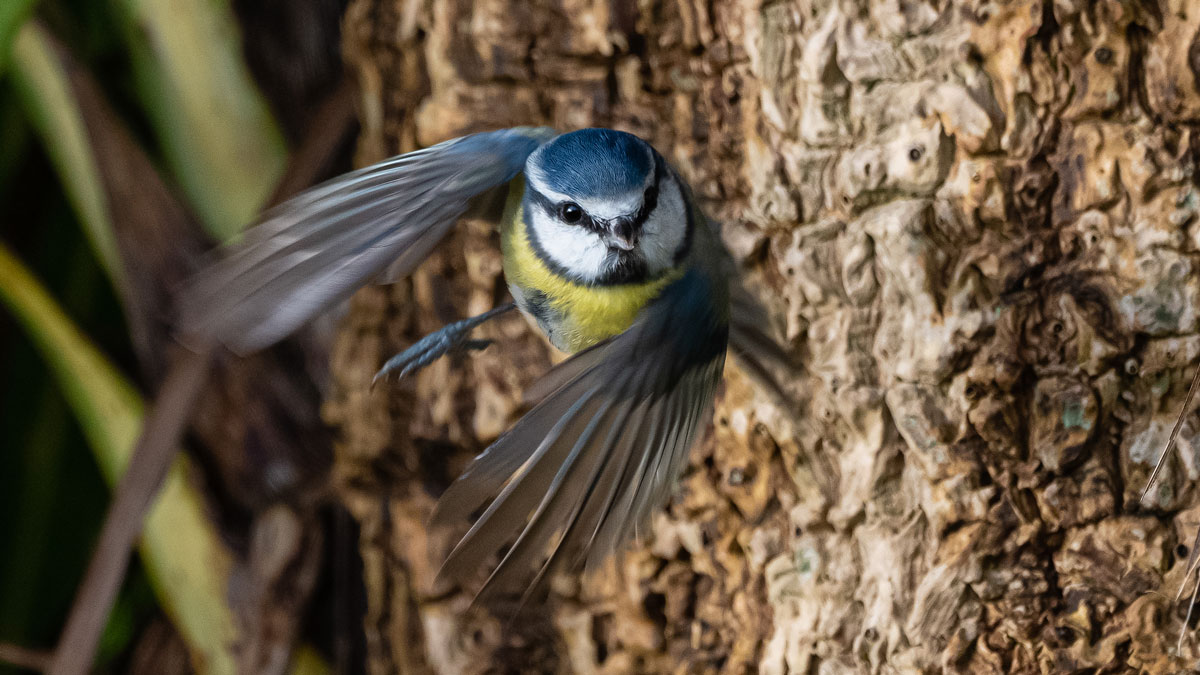
Related topics
May and June are busy times for Blue Tits. With eggs to incubate and young chicks getting bigger by the day, the demand for food is constant. Whilst these months mark the end of their breeding season, when do Blue Tits start nesting?
February
- Finding a partner and a place to nest
Blue Tits start searching for a safe, warm site to start building their nest in February. The location is important as they require a clear flight path to the nest’s entrance hole and the site must be relatively inaccessible to predators. Finding the perfect partner is also a top priority at this time.
March
- Feeding up for the breeding season
Birds need to be in prime condition in March, at the start of the breeding season. Placing bird food in the garden, particularly suet, peanuts and black sunflower seeds, provides a valuable source of nutrients and energy.
The females need this to produce eggs, and it keeps both parents in good condition so they can find enough food for their chicks.
April
- Building the nest
The female Blue Tit builds the nest alone in April, with little or no help from the male. She takes materials like moss from garden lawns and forms them into a cup. The nest is complete when it is lined with soft feathers, fur or wool.
Blue Tits can build a nest in a few days, but generally, it takes them between one and two weeks.
Early May
- Laying a clutch of eggs
This is an exhausting time for the female. She lays one egg a day during early May, usually first thing in the morning.
Blue Tits have one of the largest clutch sizes of all birds – up to 16 eggs! However, the majority of clutches contain 8–12 eggs.
The eggs are smooth, glossy and white, with patches of reddish-brown spots of varying density, and typically 16 mm by 12 mm in size.
- Learn more about Blue Tit breeding biology on the Blue Tit BirdFacts page >
Mid May
- Incubating the eggs while they develop
In mid May, the female plucks feathers from her abdomen to create a bare patch with a good supply of blood vessels (called a ‘brood patch’) which helps her to keep the eggs warm as she incubates them.
She starts incubating the clutch a day before it is complete and will sit on the eggs for about two weeks until they are ready to hatch at the end of May.
During this time, if she made a good choice of mate, the male will bring her some food, but she will still need to leave the box regularly during the day to feed.
Late May
- Tending the newly-hatched chicks
The Blue Tit chicks hatch naked and blind towards the end of May. They are extremely vulnerable at this time, especially to cold, so the female will frequently sit on them to keep them warm. If the weather is particularly cold and wet finding enough caterpillars to help them grow can prove difficult.
Trends show that on average spring is arriving earlier due to a changing climate and in turn trees’ leaves open earlier, providing food for caterpillars earlier, so that they in turn peak in abundance earlier in the year than previously.
Blue Tits have started to breed earlier too, but their shift has not kept pace with that of the peak abundance of caterpillars. BTO research is investigating the implications of this ‘phenological mismatch’ for Blue Tits and other species.
End of May
- Feeding the hungry chicks
Feeding chicks takes its toll on the parents as they flit in and out of the nest box with juicy fat caterpillars. Each chick can eat 100 caterpillars a day, so to feed a brood of ten, adults need to find as many as 1,000 caterpillars a day!
Adults also need to remove the chicks’ waste from the nest to keep it clean. Baby Blue Tits produce faecal sacks – strong mucous membranes that keep their faeces neatly encapsulated so the parents can carry them from the nest.
The chicks continue to grow and their first feathers develop. The feathers start out encased in a sheath – this stage is called being ‘in pin’. By the end of May, the feathers are nearly long enough to enable the chicks to fly, although the young birds will still have a lot of downy juvenile plumage as well.
Early June
- Time for the chicks to fledge
When the chicks are ready to fledge, the parents will call from outside the box, urging them to come out.
One by one each chick will poke its head out and make their first tentative flight (usually badly) to the nearest available perch.
Blue Tit chicks typically fledge in early June when they are 18–21 days old.
June and July
- Caring for chicks outside the nest
Fledglings stay with their parents who continue to feed them for a few weeks after they have fledged.
This is a dangerous time for young birds. They need to learn how to find food and avoid predators quickly if they are going to survive. If available, they may take advantage of peanuts and sunflower seeds provided in gardens to build up their strength.
Rest of the year
- What do Blue Tits do in autumn and winter?
Blue Tits tend to be quite sedentary birds, staying close to where they hatched as chicks during winter. However, some individuals do migrate, so the Blue Tits you see in winter might have hatched or bred elsewhere in northern Europe.
Winter is a tough time for many species and Blue Tits are no exception. Blue Tits in urban settings rely heavily on food provided in people’s gardens at this time, and may also use nest boxes in winter for shelter, especially during the night.
- How long do Blue Tits live?
Blue Tits typically live for three years, but the maximum age recorded from bird ringing is 10 years, 3 months and 10 days. Almost two-thirds of young Blue Tits will not survive their first year of life, but those that do usually start to breed the spring after they hatched.
Get involved – monitor the birds in your garden
- Take part in Garden BirdWatch or Nesting Neighbours
Gain a richer understanding of the wildlife in your very own garden by participating in one of our citizen science projects, which contribute to conservation data and help us improve our understanding of UK birds.
Complete a 20-minute count of the birds in your garden every week with Garden BirdWatch, and find out how things change throughout the year supported by our passionate GBW team and community.
Monitor the bird nests in your garden or local area with Nesting Neighbours. Simply register the nest boxes or nests in your garden or local area and record what’s inside at regular intervals during the breeding season.
For the really curious among you, there’s also a wealth of information on our Blue Tit BirdFacts page including their songs and calls, population data and research papers.
Keep an eye out for other garden nesters
Great Tits breed slightly (approximately a week) earlier than Blue Tits, but the amount of time they spend incubating eggs and rearing chicks is very similar.
Species that have multiple broods such as Robins and Blackbirds usually lay their first clutch in March.
If you have a nest box, early spring onwards is a good time to start carefully checking it for signs of breeding birds — you never know what you may find.
Need a nest box or bird house?
In order to monitor nests in your garden, you might need a nest box or two.
- Learn more about putting up nest boxes for birds
- Download our helpful guide,
- Visit our partner, Vine House Farm, for high-quality nest boxes, bird houses, foods, feeders and more.


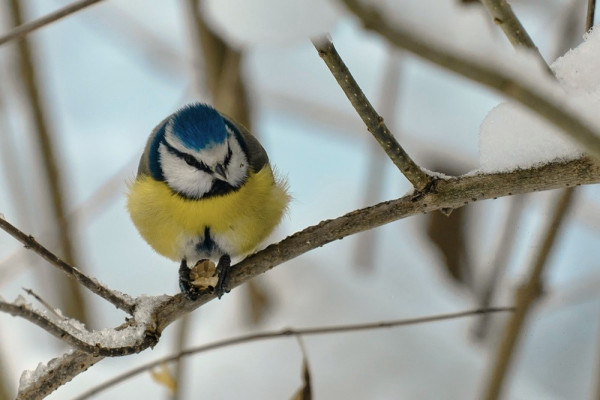
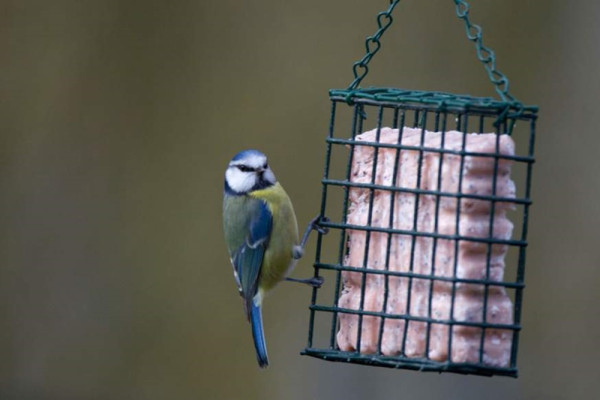
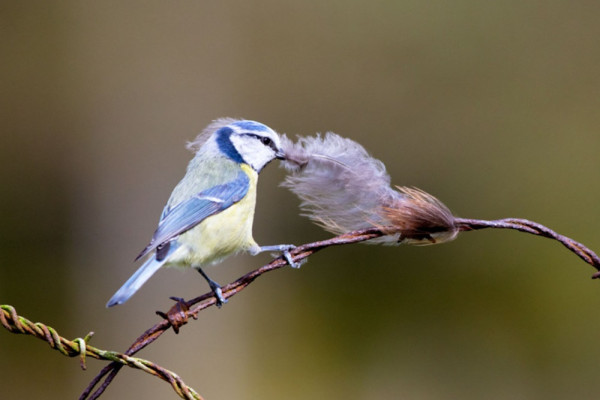
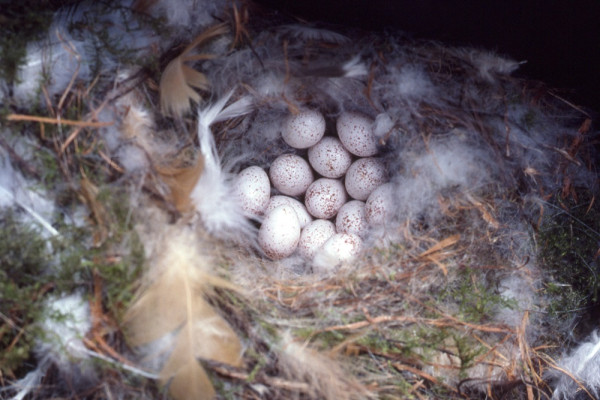
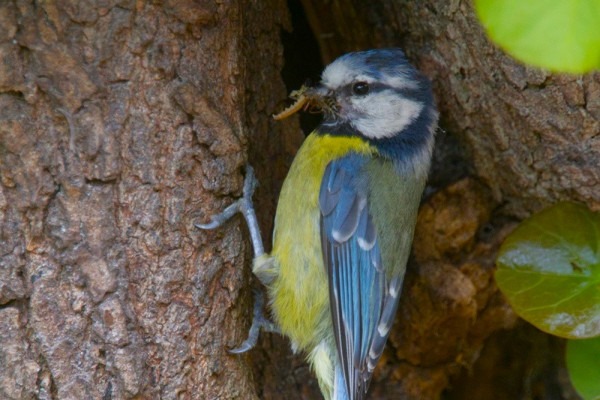
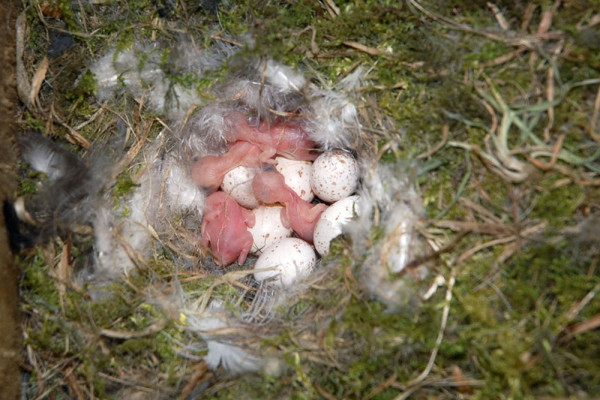
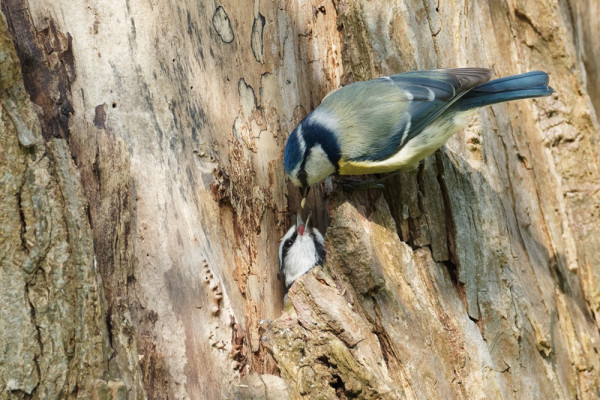
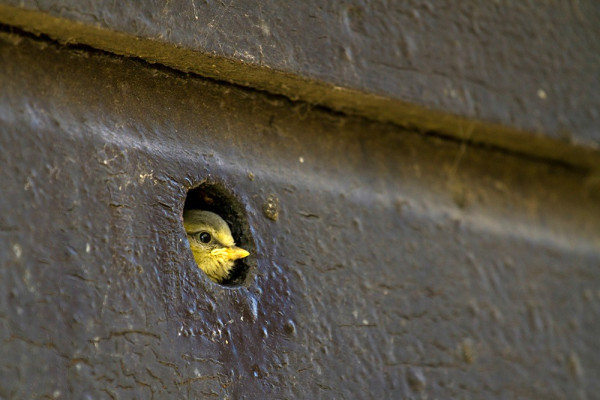
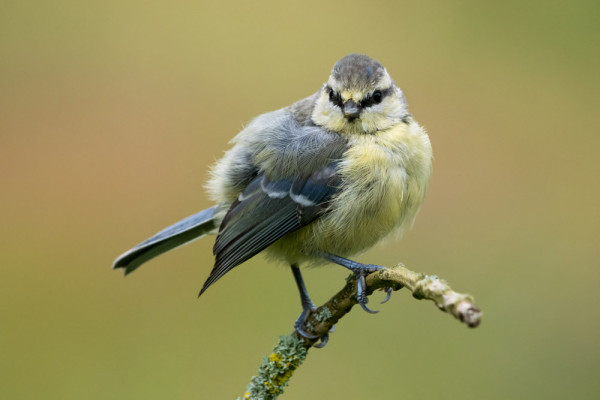
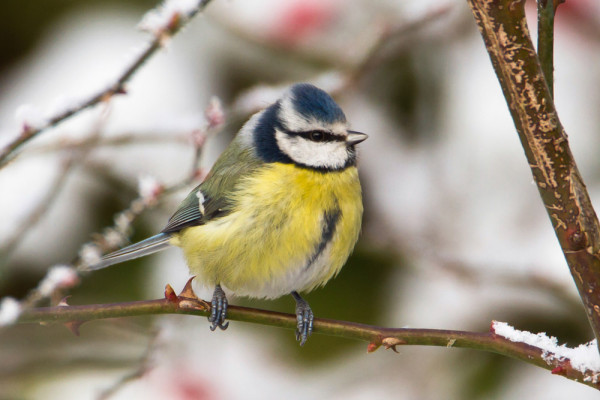
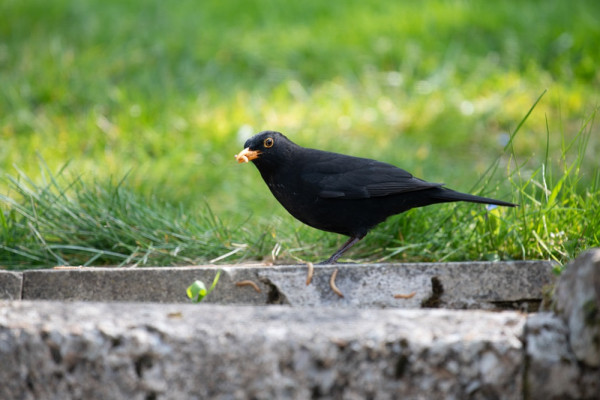
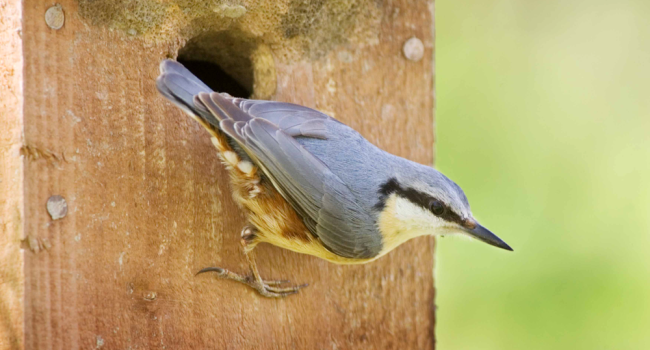
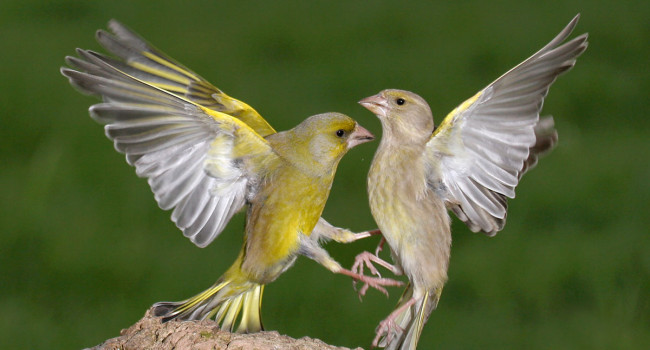
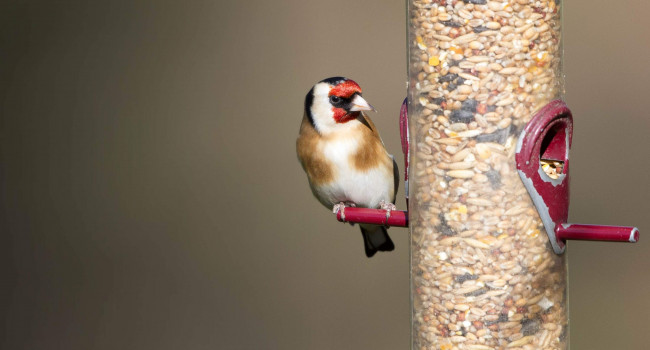

Share this page